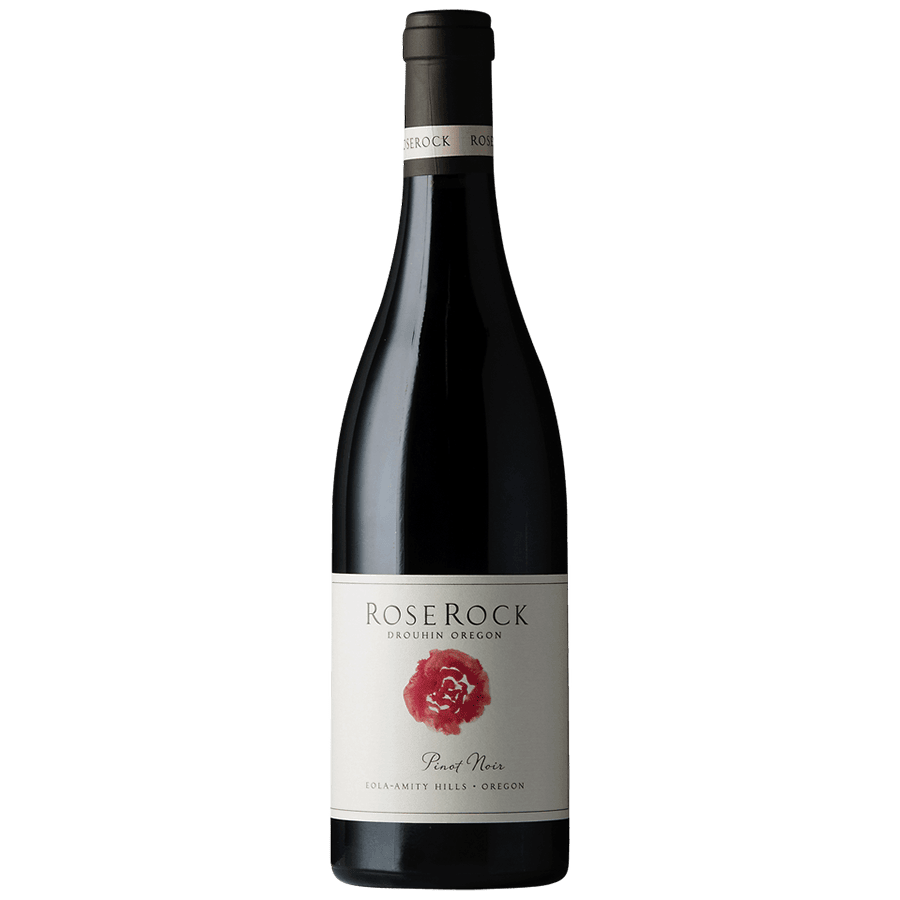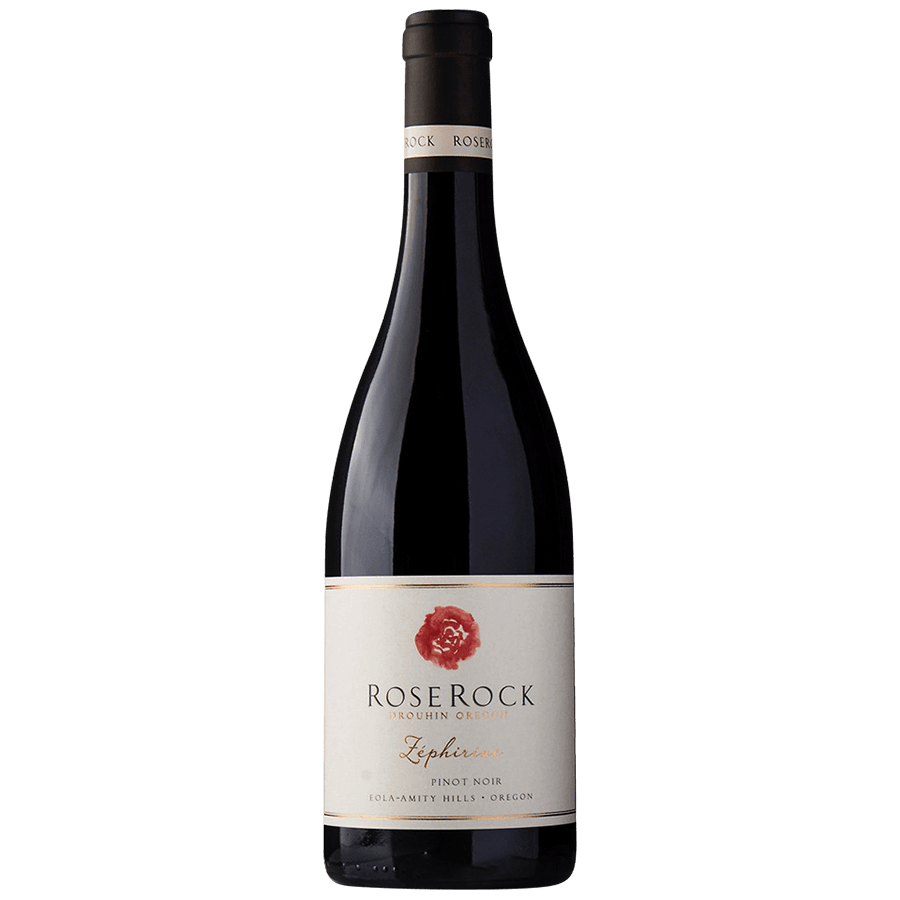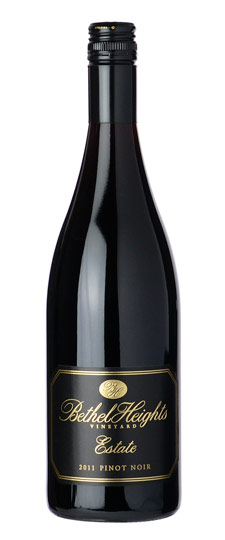Eola-Amity Hills, an American Viticultural Area (AVA) situated at the heart of Oregon’s Willamette Valley, boasts a history of viticulture rooted in the American wine renaissance of the 1960s and 1970s. Nestled just northwest of Salem, this AVA spans approximately 15 miles from north to south between the towns of Amity and Eola.
One of the defining characteristics of Eola-Amity Hills is its unique terroir, shaped by ancient geological processes. This region is marked by hills formed through tectonic shifts and ancient lava flows. The key to its viticultural success lies in the weathered basalt soils, which are well-suited for premium winemaking. These free-draining, iron-rich soils stress the vines, reducing vigor and yield, ultimately concentrating the flavors in the grapes.
In contrast to the Willamette Valley floor, where silt deposits from prehistoric floods dominate, Eola-Amity Hills benefits from its elevation, rising to around 1,000 feet above sea level. These elevated hills largely avoided the alluvial silt, making them ideal for grape cultivation.
The region’s climate is influenced by maritime conditions, with a long, warm growing season that particularly favors the cultivation of Pinot Noir, Chardonnay, and Riesling. Coastal afternoon breezes from the Van Duzer Pass, a low point in the Oregon Coast Range, bring cooler temperatures during the late summer, preserving the grapes’ crucial acidity.
Eola-Amity Hills takes its name, in part, from the winds that shape its climate. “Eola” derives from “Aeolus,” the Greek god of winds, reflecting the impact of these winds on the region’s weather patterns.
This AVA officially gained recognition in 2006 and has seen steady growth in vineyard acreage and the emergence of around 25 wineries. Wines produced here, both red and white, are celebrated for their brightness, freshness, and fruit-forward character. The terroir of Eola-Amity Hills, with its ancient soils, elevations, and coastal influences, contributes to wines that have garnered acclaim among both consumers and critics. This region stands as a testament to the enduring legacy of Oregon’s wine industry.














